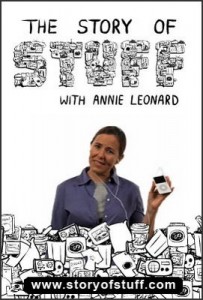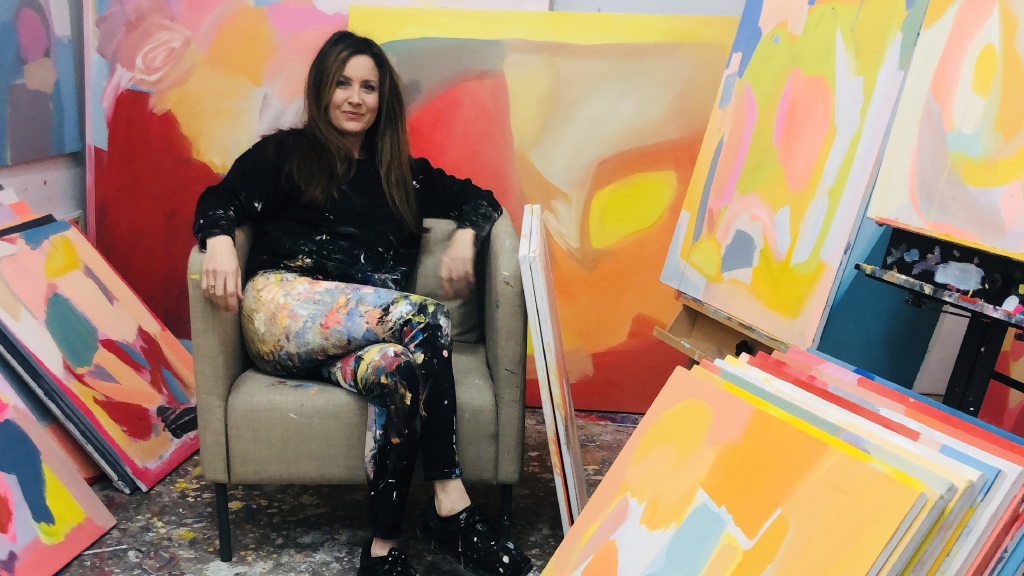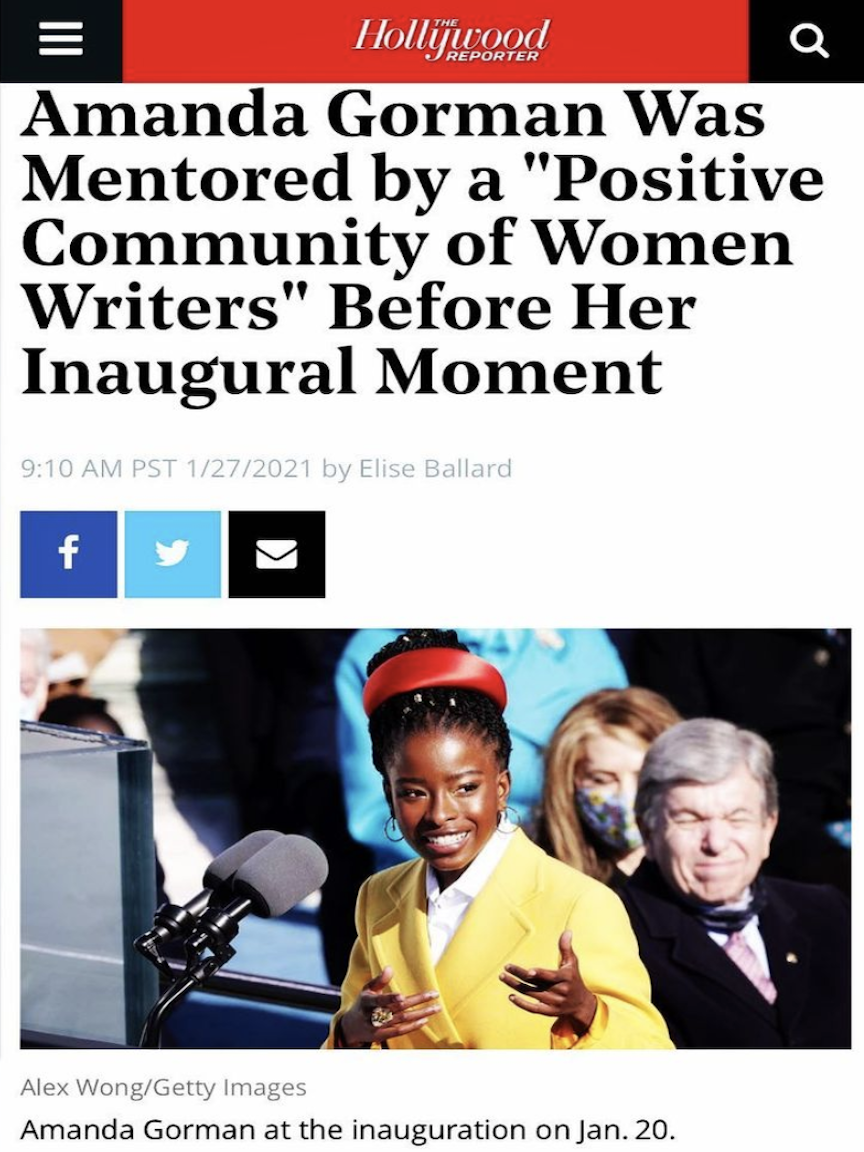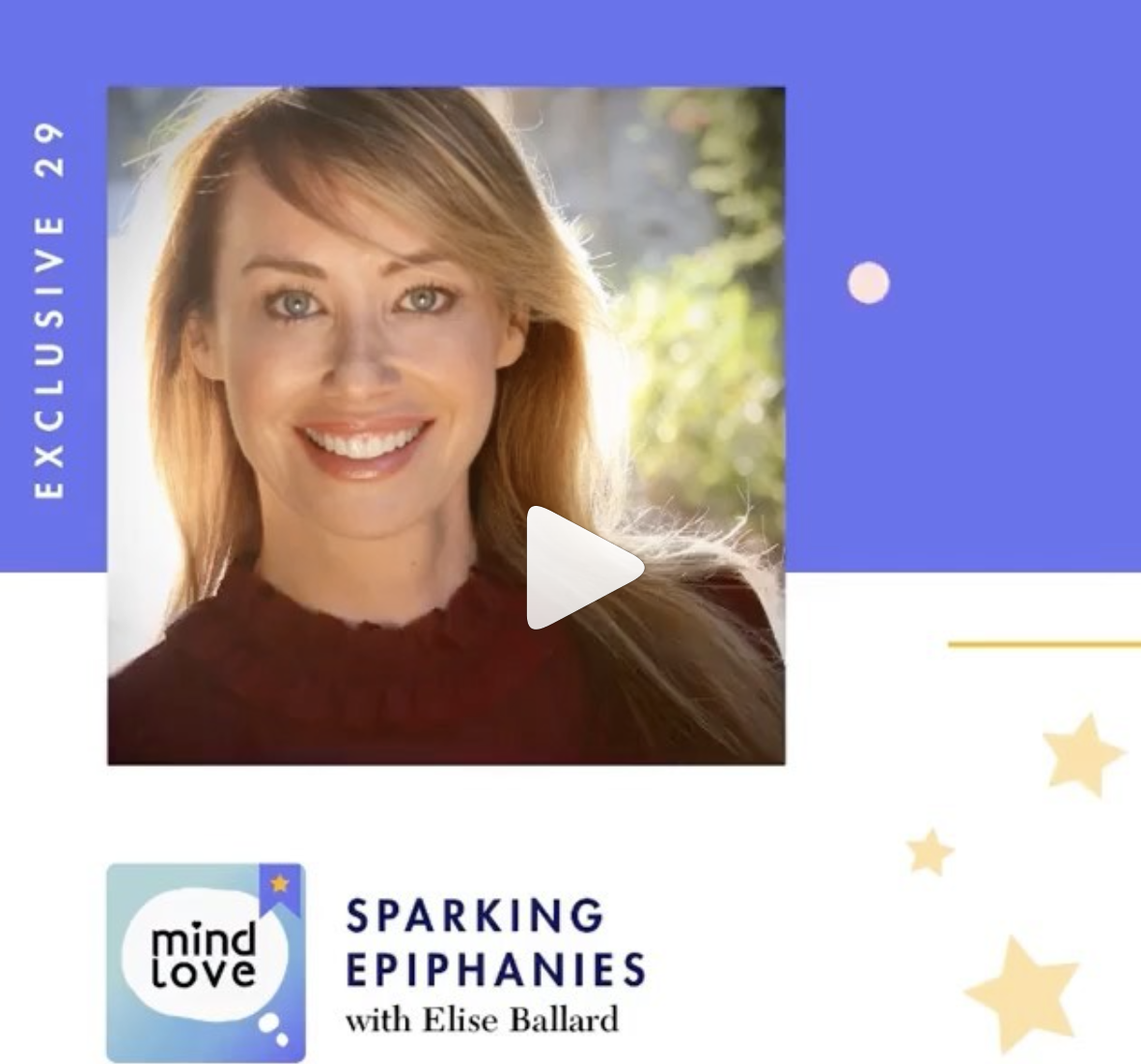In honor of Earth Day, I thought I’d highlight 2 epiphanies from the Callings Section of my book. Annie Leonard and Nell Newman both had epiphanies about the need to conserve and help save our planet which led them to their careers, or as I refer to it, to their callings.
In my book, I define a calling as: a strong inner urge toward a particular way of life or career; a vocation, profession, trade or life’s work.
For me, a calling is more a way of life than just a career or job. It is your life’s work that defines you and means as much to you as much as your personal life does. In fact, many times there isn’t really much separation between your personal life and work life when one is living their calling – personal and work are completely intertwined and are part of the whole of who you are on a daily basis.
Here are excerpts from these 2 remarkable women’s stories that they shared with me. Their epiphanies have led them to do amazing things in their lives to help us all by bringing awareness and money to the efforts of conservation and environmental consciousness and by being examples and teachers of how we can take care of our precious planet.
“Follow your passion. Passion gives you the ability to truly experience the good times and get through the tough times because what you’re working toward is so important to you.” ~ Nell Newman
For me, everything starts with the birds. I was a budding orni- thologist when I was very young. It drove me crazy that I couldn’t fly! I was especially fascinated by birds of prey, ever since some- one gave me an American kestrel or sparrow hawk when I was eight. I would read a tremendous amount, all the time—anything about endangered or vanished species fascinated me. I remember saying to myself, “Gee, the passenger pigeon used to darken the skies for days, and now there aren’t any because we ate them all.” Same story with the Carolina parakeet, the only parakeet native to the United States. Same story with the dodo bird. We ate or shot them all.
By age eleven, I had become a young practicing falconer. That’s when I learned that the peregrine falcon—which is able to dive at 200 miles an hour—was extinct east of the Mississippi and was rapidly disappearing all across the United States due to some weird thing called DDT that we sprayed on food to keep off bugs. I read that DDT was eaten by bugs, then the bugs were eaten by small birds, then the small birds were eaten by pere- grine falcons, and at every step of the way it accumulated in each animal’s fat tissue. Before anybody knew it, falconers on the East Coast couldn’t find any peregrines. They realized that peregrines were rapidly disappearing across the United States because this buildup of DDT was affecting their endocrine systems and their ability to lay a hard-shell egg, so they were breaking their eggs in the nest.
And I had an epiphany! At a very young age, I realized what a tremendous effect mankind has on his environment. We really can change the environment, for the better or for the worse, through our habits and our lifestyles. This deep realization guided the shape and form of my education, and what I do now. It slowly and surely directed me toward getting a degree in human ecology at College of the Atlantic, and then going to work for the Environmental Defense Fund in New York City. I loved working for the EDF but I couldn’t stand living in New York. So I came out to California.
I had a friend who was running the Predatory Bird Research Group at the University of Santa Cruz. He called to say that there was a small nonprofit working out of their office that needed an executive director. So, on a whim, I went to Santa Cruz, interviewed for this position, and became the executive director of the Ventana Wilderness Sanctuary, which was working to reestablish the bald eagle in central California. After about two and a half years, I became a fund-raiser for the Predatory Bird Research Group at the University of Santa Cruz, whose primary focus at the time was returning the peregrine falcon in California.
When I moved to Santa Cruz in 1988, I was amazed. There was so much beautiful organic produce in the natural food stores. There was also this incredible local farmers market every Wednesday with twenty to thirty vendors where the produce was just gorgeous and it was primarily organic. I had never seen an organic farmers market before. I talked to Pop (Paul Newman) about what I was learning, and this became part of the catalyst for my next big realization, which came some four or five years later.
In 1992, while I was living in Santa Cruz and fund-raising, I had a very specific realization that instead of constantly having to raise money for the causes I cared about through traditional fund-raising methods, it would be more fulfilling—and probably easier and more efficient—to just make money for them, the way Pop was doing with Newman’s Own. Pop’s model amounted to creating food products, selling them, and then donating the profits to charity. My epiphany was that I needed to take his idea a step further. If I was going to create food products, their impact on the planet had to be gentle. So I wanted to grow things organically. This was a twofold approach to effecting change: I could support Pop’s philanthropic ideals, paying royalties to Newman’s Own, and also expand the amount of land farmed organically.
This epiphany was really the philosophy behind the beginning of Newman’s Own Organics in 1993. I did have to convince Pop on the importance of doing an organic line, though. He didn’t really have a good idea about what organic was. He didn’t realize that organic was not just a form of hippie food but was a grow- ing practice and carefully thought-out method of agriculture. By being organic, with every product you add to your product line, you fold in more ingredients that have to be grown organically. This expands the acreage of farmland that’s treated right, which has a real ripple effect benefiting the farmer, the environment, the wildlife, and the atmosphere. It even sequesters carbon in the soil, so it helps to reduce greenhouse gas. Organic farming really is a multifaceted approach to affecting environmental change, so it’s been very gratifying to know that as we grow as a company, a lot of money gets donated to causes and people, and it has a posi- tive impact on the environment.
So it all started with the birds, who taught me how we affect the environment. They led me here, to my organic food company, where I’m still trying to affect our environment! For me, one of the most important things anybody can do is to work in your area of expertise to succeed, so you can then afford to return something to the community.
My two epiphanies taught me to follow my passion, and that’s what’s been the most gratifying for me. Passion gives you the ability to truly experience the good times and get through the tough times because what you’re working toward is so important to you.
(To read more about Nell, her companies and bio, and the experience of my interview with her, please go here.
“We’re living like we have another planet to go to.”~ Annie Leonard
My greatest epiphany is probably not as spiritual or dramatic as a lot of people’s. It happened at a dump.
I grew up in the Pacific Northwest in a very environmentally aware family. We had a sense of reverence for nature, especially the trees and forests. I was raised by a single mom with three kids, so money was tight. We never had a sense of deprivation, but we felt a deep appreciation and respect for the things we had. We always did things like mend our own shoes and try to minimize waste. I think my family is where a lot of the passion and drive for my work comes from.
I ended up going to college in New York City on the Upper West Side. My dorm was on 110th Street, and I would walk six blocks every day to class. That’s when I’d see these shoulder-high piles of garbage, every morning. I had never seen that kind of waste, ever! I was curious about it. I started poking around to see what was in it. And I was just flabbergasted to see that it was almost all paper! I thought back immediately to my beloved for- est in the Northwest, and thought, “My God, what is going on here?” Then when I would walk home every day, and seeing that the garbage was gone, I thought, “Where is all that stuff going?” That’s what piqued my interest in how materials move around the economy.
I became an environmental studies major. I wanted to protect the forests. During my sophomore year for one of my classes we took a field trip to the Fresh Kills landfill on Staten Island—the dump where New York City’s garbage went. And this was the defining moment of my life.
I don’t even know how to explain it really, this gigantic land- fill. There was garbage that went on and on as far as I could see in every single direction—it was just mammoth. Many people say it’s the highest point on the Eastern Seaboard, and it’s one of the only two man-made structures you can see from space. The other one is the Great Wall of China. It is absolute waste and devastation in every direction.
As I stood there looking out at all this stuff, a realization like a bolt of lightning hit me: our entire economy is based on an unsustainable one-way flow of materials to garbage. The extreme unsustainability of it, the grossness of trashing all of these incredible resources that the earth provides, was just stunning to me. We’re living like we have another planet to go to, but— hello!—we only have one. And the fact that it was so hidden was shocking. I was witnessing this gigantic scene of violence that nobody was talking about.
Right then and there, my whole life changed. From that moment on, I became obsessed with figuring out how this is hap- pening, how it came to be, and why nobody is talking about it. There’s this huge dark secret in the way we’ve organized our society, and if we don’t deal with it, it’s going be our demise. I realized that we have a major societal blind spot regarding waste. We haul our big bin out to the curb every week and it just disappears, so we never have to think about it. I wanted to run through the streets and tell people…
And she did…to read more about Annie and my experience of my interview with her (and the serendipity of how I got to interview her) AND to see her amazing The Story of Stuff that brought millions of people’s attention (including mine) to her, please go here.
And of course, these interviews in their entireties can be found in my book!
Happy Earth Day, Everyone!












